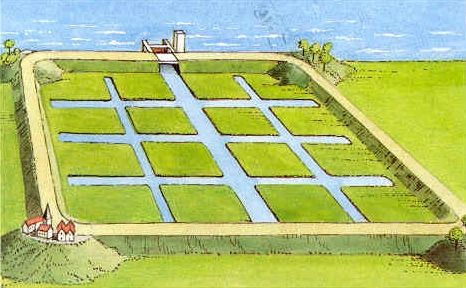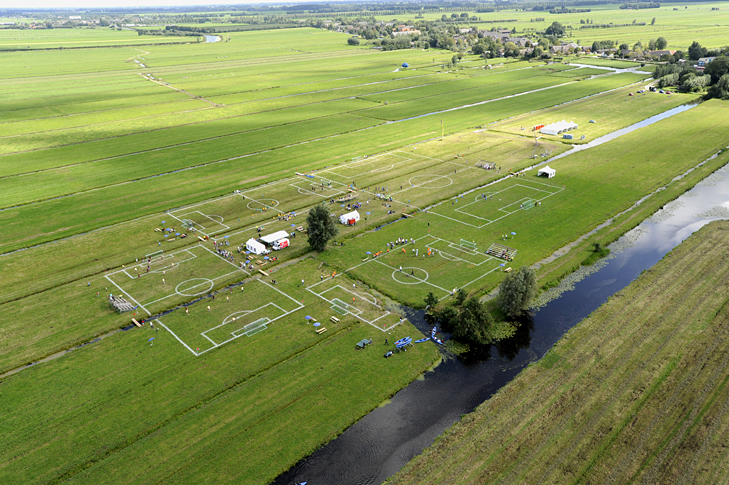Definition
A polder is a low-lying tract of land enclosed by embankments (barriers) known as dikes that forms an artificial hydrological entity, meaning it has no connection with outside water other than through manually operated devices. During flood events those low lying areas are filled with water(Quizlet, Dikes and polders, accessed on Sept. 2016).
Co-benefits and impacts
Temporary storage of water and detention.Definition (GR)
Αποτελεί το χερασαίο τμήμα κοντά ή στο επίπεδο της επιφάνειας του νερού που περικλείεται από φράγματα γνωστά ώς υδρολογικά συστήματα, σημαίνοντας ότι δεν υπάρχει σύνδεση με το νερό εκτός του φράγματος, παρά μόνον μέσω χειροκίνητων λειτουργικών συσκευών. Κατά τη διάρκεια πλημμύρων, η χερσαία επιφάνεια που βρίσκεται κοντά στην επιφάνεια του νερού, γεμίζει με νερό(Quizlet, Dikes and polders, accessed on Sept. 2016).
Co-benefits and impacts (GR)
Προσωρινή αποθήκευση και συγκράτηση των υδάτων.Problem types
Problem types for which this measure can be applied.
Flood management measure
The parent measure, in terms of this measure being a subcategory of the parent one
Case studies
Last modified: March 10, 2020, 6:59 p.m.


 Ελληνικά
Ελληνικά


